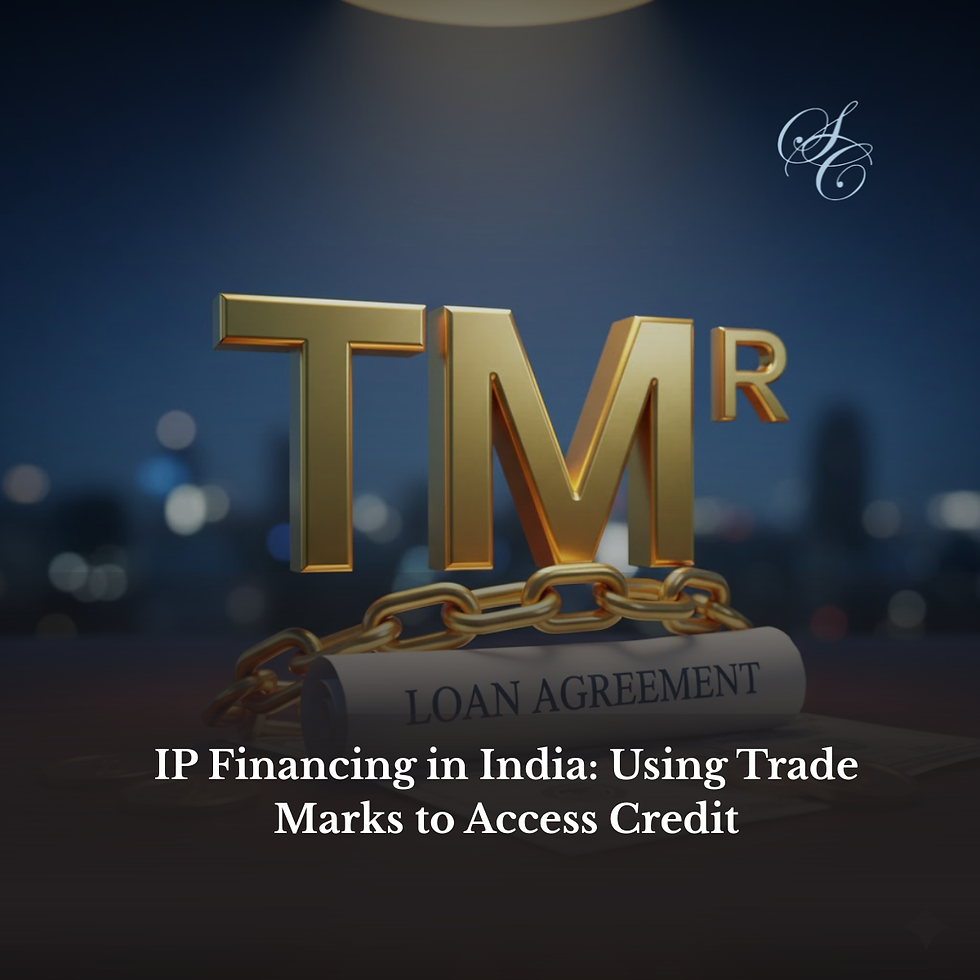The Overlap Between Copyright and Right to Publicity Law in India
- Sarwajeet Singh
- Mar 1, 2019
- 2 min read
Last month it was widely reported that American fashion model, Gigi Hadid, was sued by a photo agency for sharing a copyrighted photograph of herself on her Instagram account.
In the US, the accepted market practice is to obtain a license for such photographs. However, in India, such practice is not the norm. Surprisingly, however, the recognition of the Right of Publicity, in India, although a common law remedy, is just about as strong as the United States.
This post discusses the overlap between copyright and Right of Publicity laws in India, and how it impacts celebrities’ use of their own photographs (that are copyrighted in someone else’s name) on social media.
In 2007, the Indian Supreme Court ruled that India is neither a “sweat of the brow” jurisdiction (for being too low a standard), nor a “modicum of creativity” jurisdiction (for being too high a standard) – but, something in between. The fact that India is not solely a “modicum of creativity” jurisdiction, should, in fact, help the creation of a licensing culture. Ms. Hadid, for instance, would have had little scope, under Indian law, if she were to argue that the photograph posted on her Instagram account was not sufficiently original.
In the US, it is often argued that there are several grounds to file Right of Publicity claims against tabloids that build businesses by taking and publishing pictures of celebrities without permission (fair use being a debatable defence in such a situation). Similarly, India offers its unique set of remedies to celebrities who find themselves in such situations, including both constitutional and common law remedies. Interestingly, courts in India, have recognized the Right of Publicity as a subset to the Right to Privacy.
Although both India and the US offer celebrities a fair set of remedies to obtain injunctive relief, India does need to build on incorporating a culture of licensing copyrighted works. While copyright awareness has grown in respect of certain kinds of works such as, literary works, films and music, numerous misconceptions regarding what exactly is in the public domain and ‘free for all’ persist till date. This is especially so in respect of images that appear in a search on the search engine GOOGLE. Although, the GOOGLE search engine does presently clarify that the “images may be subject to copyright”, the adjacent “find out more” link opens to an FAQ on US copyright law page which does not help the average Indian user understand what it means if a work is copyrighted.
How does a developing nation, like India, then, introduce a culture of licensing copyrighted works? Besides strong and effective enforcement measures, there is a need of spreading awareness of copyright law and to dismiss misunderstandings about public domain (i.e. not everything available on the internet is in public domain). Once all this is in place, it will likely create a habit of “erring on the side of caution” and simply obtaining a license.




Comments